Table of Contents
Lattice and recurrence relation is used to represent solutions to problems that can be solved by breaking them into smaller subproblems and by identifying patterns that are repeated. The recurrence relation is a mathematical equation that describes a sequence of values concerning the previous values of the sequence.
Lattices and recurrence relations are important mathematical structures that are used to study discrete systems.
It is used to represent a sequence of solutions to a problem or to solve a problem recursively. Both concepts are tools used to analyze algorithms and help in designing efficient and effective algorithms.
It is used to solve problems such as the shortest path problem and the traveling salesman problem. A recurrence relation is a mathematical expression that describes a sequence of values in terms of one or more previous values.
It is used to solve problems such as sorting, searching, and dynamic programming. Both lattices and recurrence relations are useful for solving problems in computer engineering due to their ability to reduce the complexity of algorithms.
Lattice and recurrence relations are two important mathematical tools used in the field of discrete mathematics. A lattice is a set of points arranged in a two-dimensional array and connected by lines. These points usually correspond to solutions of a given equation, and the lines represent relationships between them.
Recurrence relations are equations that describe how a sequence of values is derived from previous values. Each value in the sequence is related to the previous values according to some rule.
Recurrence relations are often used to solve problems involving sequences. It can be used to describe a wide variety of problems, including graph theory and linear programming. A recurrence relation is an equation that describes a sequence of numbers based on the previous terms in the sequence.
Recurrence relations are used to solve problems such as Fibonacci numbers, sums of arithmetic sequences, and finding the nth term in a series. Both lattices and recurrence relations are used to solve many problems in computer science, mathematics, and engineering.
Lattice is a type of mathematical structure that consists of points and lines that connect them. It is a discrete structure, meaning that the points are distinct and unconnected. Lattices are used in various fields, such as cryptography, coding theory, algebra, and geometry. They can also be used to represent physical systems such as crystals or molecules. It is used to represent a variety of concepts, such as order and symmetry.

Lattices
A lattice is a mathematical structure that consists of a set of points arranged in a regular, repeating pattern in multiple dimensions. The lattice is a discrete structure that extends infinitely in all directions. It is used to study functions, sequences, and systems that have discrete symmetry.
Lattices are used in a variety of fields, including physics, cryptography, and computer science. In physics, lattices are used to model the spatial structure of materials and crystals. In cryptography, lattices are used to encode information and solve computational problems that are believed to be hard for classical computers. In computer science, lattices are used to study algorithms and data structures.
Recurrence
A recurrence is a mathematical equation that defines a sequence of numbers or functions in terms of one or more previous terms in the sequence. Recurrence relations are commonly used to model and analyze dynamic systems, such as population growth, financial markets, and biological processes.
Recurrence is used in a variety of fields, including economics, biology, and computer science. In economics, recurrence is used to model the behavior of financial markets and to make predictions about future trends. In biology, recurrence relations are used to model the growth and development of populations. In computer science, recurrence relations are used to study algorithms and data structures.
Relationship between Lattices and Recurrence Relations
Lattices and recurrence relations are related in that they are both discrete structures that can be used to study discrete systems. For example, a lattice can be used to represent the discrete spatial structure of a physical system, and a recurrence relation can be used to model the discrete time evolution of the system.
In some cases, a recurrence relation can be represented graphically as a lattice. For example, the Fibonacci sequence can be represented as a lattice where each point in the lattice corresponds to a term in the sequence and the connections between points represent the recurrence relation.
Lattices and recurrence relations are also used in cryptography, where they play important roles in the design and analysis of cryptographic algorithms. For example, lattice-based cryptography uses lattices to encode information and solve computational problems that are believed to be hard for classical computers. Recurrence relations are used in the analysis of certain cryptographic algorithms, such as the Blum-Blum-Shub pseudorandom number generator.
What Is The Recurrence Relation With Example
The recurrence relation is a mathematical equation that describes a sequence of numbers in terms of the preceding elements in the sequence. It is used to define a sequence in which each element is a function of its preceding elements. A recurrence relation is an equation that describes a sequence in terms of its previous terms.
It is a way of defining a sequence of numbers where each term is a function of its preceding terms. For example, the Fibonacci sequence can be defined using a recurrence relation as a_n = a_n-1 + a_n-2, where a_n is the nth term in the sequence. It is a type of differential equation and is a way to define a sequence recursively.
Example:
The Fibonacci series is an example of a recurrence relation. It is represented by the following equation:
F(n) = F(n-1) + F(n-2)
where F(n) is the nth term of the sequence.
Use Of Recurrence Formula In Computing The Lattice Green Function
The lattice Green function G(I,j) of a lattice system can be expressed in terms of a recurrence formula. This formula relates G(i,j) to the values of G(i-1,j) and G(i,j-1). Specifically,
G(i,j) = 1/(2d-G(i-1,j)-G(i,j-1)),
where d is the dimension of the lattice. This formula can be used to compute the Green function for any given lattice system by starting at the origin and iteratively computing the values of G(i,j) as they move away from the origin.
Recurrence Relation For The Number Of Lattice Ways With An Even Number Of N Moves
Let a(n) denote the number of lattice paths with an even number of n moves.
a(n) = a(n-1) + a(n-2)
The recurrence relation can be derived from the fact that any lattice path with an even number of n moves can be broken up into two lattice paths with an even number of n-1 moves and n-2 moves, respectively. The first path will have one more move than the second, and the second path will have an even number of moves.
Thus, the number of lattice paths with an even number of n moves is equal to the sum of the number of lattice paths with an even number of n-1 moves and the number of lattice paths with an even number of n-2 moves.
Applications of Lattice And Recurrence Relation
- Lattices are often used for data compression algorithms, such as the Burrows–Wheeler transforms, which can be used to compress files.
- Lattices can also be used in cryptography to construct a secure message transmission system.
- Recurrence relations are extensively used in computer algorithms, especially in the area of dynamic programming. They are used to solve problems such as the knapsack problem and the traveling salesman problem.
- They are also used in graph theory for finding the shortest path between two points.
- Recurrence relations are also used in computer vision to solve problems such as stereo matching and object recognition.
- In image processing, they can be used to detect edges and other features in an image.
- Recurrence relations are also used in computer graphics to create fractal images.
Also, read Linear Programming Problems

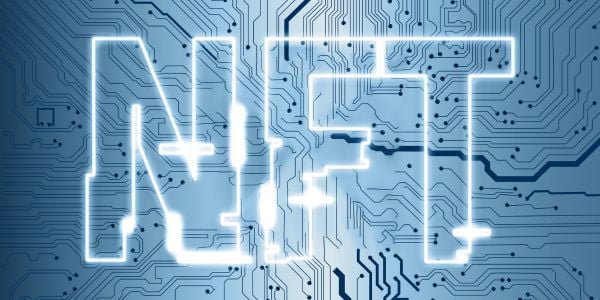










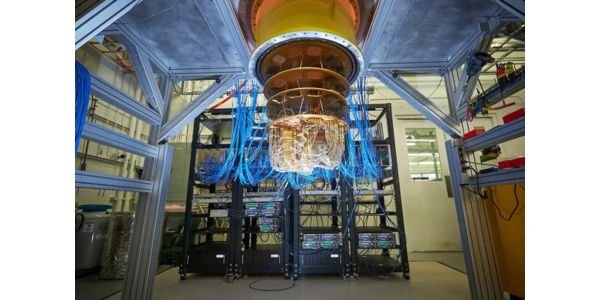

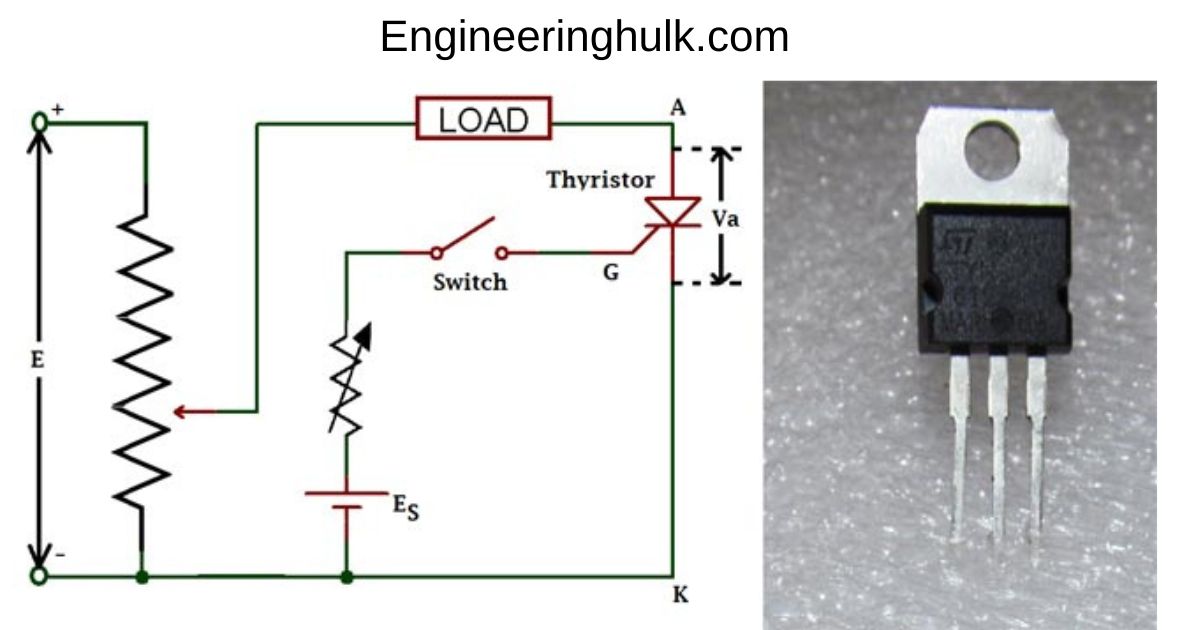




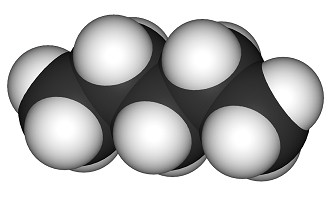
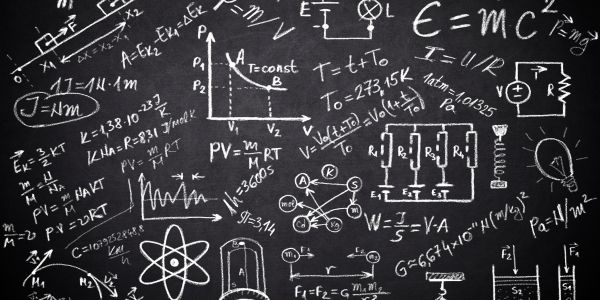






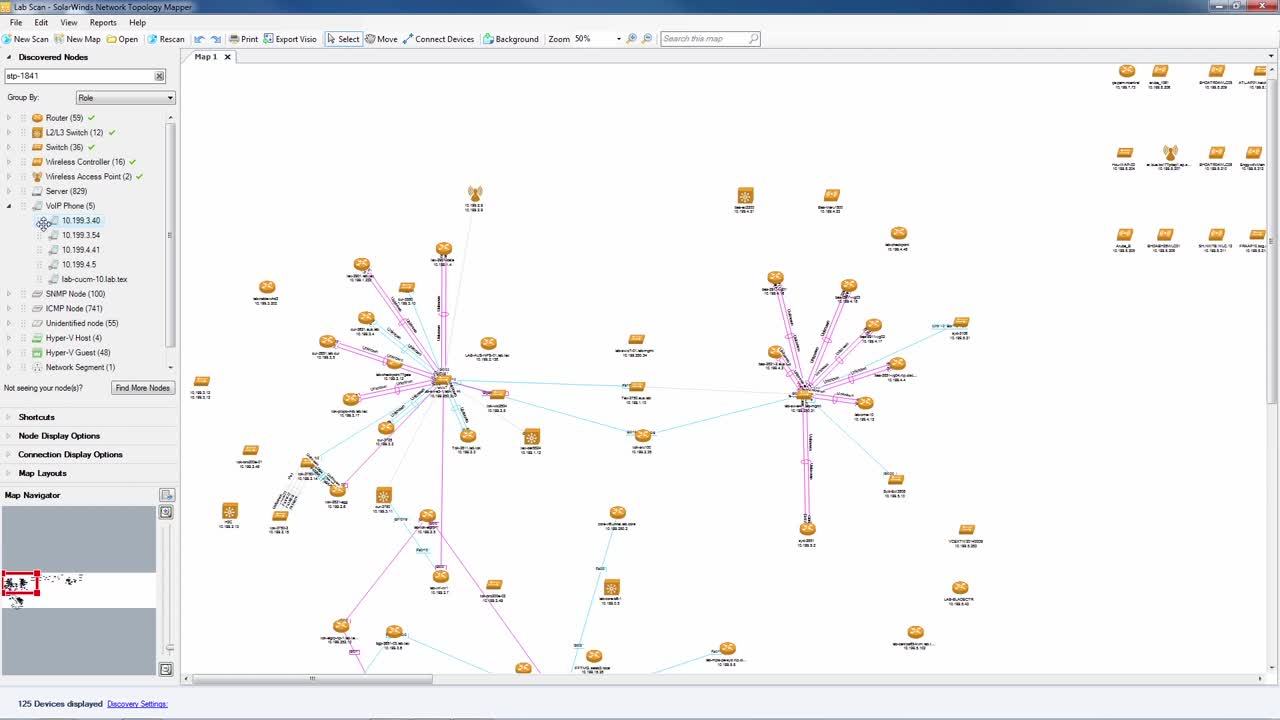




Comment on “Lattice and Recurrence Relation”
Comments are closed.